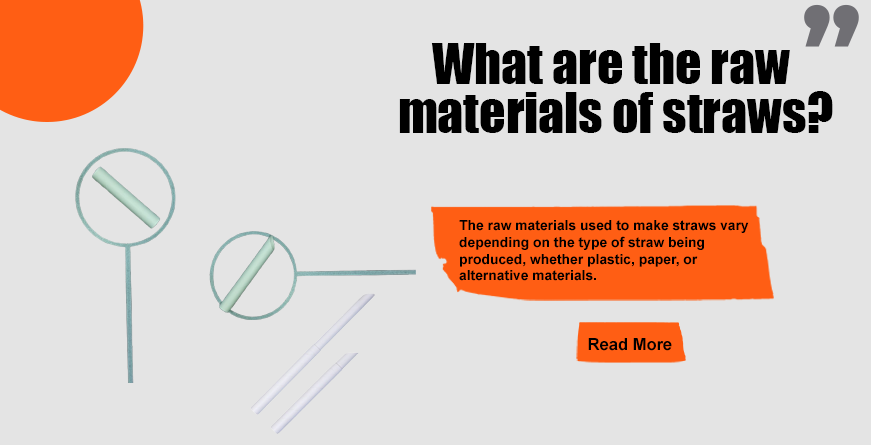
The raw materials used to make straws vary depending on the type of straw being produced, whether plastic, paper, or alternative materials. Below are the key raw materials for different types of straws.
Raw Materials for Plastic Straws
Plastic straws are typically made from petroleum-based polymers, with the most common material being polypropylene (PP) or polystyrene (PS). These materials are chosen for their durability, flexibility, and cost-effectiveness. The raw plastic is heated, shaped, and molded into straw forms. Some manufacturers also use polyethylene (PE) for added strength and flexibility.
Raw Materials for Paper Straws
For paper straws, the main raw material is food-grade paper, often sourced from sustainable wood pulp. This paper may be coated with a thin layer of biodegradable wax or plant-based material to provide water resistance. Some companies use recycled paper to make the production process more environmentally friendly. The paper is printed with designs or branding before being cut into strips and rolled into straw shapes.


Raw Materials for Bamboo Straws
Bamboo straws are made from the stems of bamboo plants. Bamboo is a renewable, biodegradable material that is naturally durable and lightweight. The raw bamboo is cut into segments, cleaned, and then hollowed out to form the straws. Bamboo straws are often used as a more sustainable alternative to plastic straws.
Raw Materials for Edible Straws
Edible straws are made from food ingredients such as wheat flour, rice flour, or agar. These materials are used to create straws that can be consumed along with the drink. The ingredients are mixed into dough, shaped into straw forms, and then baked or dried to achieve the final product.


